Ekaterina Mamonova, Global Marketing and Customer Experience Lead at Allianz Commercial discusses how technology has changed the role of the BFSI leader. She talks about key trends in the current insurance landscape.
“The intersection between technology and leadership has also become increasingly pronounced:as digital tools and solutions reshape business processes and operations, they also influence the concepts of leadership that drive them,” says Ekaterina Mamonova, Global Marketing and Customer Experience Lead at Allianz Commercial.
This fosters a more inclusive leadership style where decision-making is decentralised, empowering members throughout the organisation to spearhead various initiatives.
“This sense of ownership is essential in customer interactions, where colleagues are driven by “what’s best for the customer” approach, and utilise available tools to achieve the best possible outcome,” she adds.
With a steadfast commitment to customer centricity, Ekaterina spearheads the development and execution of global initiatives aimed at delivering outstanding experiences to both end clients and broker partners. Collaborating closely with key functions such as Underwriting, Claims, Multinational, and Risk Consulting, she ensures that Allianz Commercial communicates its value proposition effectively and consistently, positioning the company as the insurer of choice for its esteemed clients and broker partners.
According to Ekaterina, the industry context for differentiated experience delivery will evolve rapidly, propelled by technological innovations, changing industry dynamics and the growing trend of embedded insurance along with geopolitical uncertainties.
Excerpts from the interview:
How have you seen customer expectations evolve?
What springs to mind when you think of the financial services or insurance industry set up? There is a lot of regulation, products have limited differentiation, and customers have many choices. Customer expectations are being driven high by other industries, and carriers are expected to up their game.
The industry context for differentiated experience delivery will continue to evolve rapidly, propelled by technological innovations, changing industry dynamics with the growing trend of embedded insurance, and managing geopolitical uncertainties.
As we are maintaining close relationship with our clients and broker partners, as well as key vendors in the CX space, here are some of the key trends that we’ve captured following these recent market conversations:
Personalisation and productivity will remain in focus, powered by GenAI adoption
The range of potential use cases is quite broad, and applies to both B2C and B2B models: hyper-personalised marketing initiatives and campaigns; self-service chatbots supporting users with key tasks throughout the policy lifecycle; empowering agents with insights around customer profiles, recommending responses and closing the loop; faster notification of loss and claims processing; more sophisticated risk assessment capabilities and predictive analytics supporting underwriting, pricing, loss mitigation and improved profitability.
Creating and maintaining a seamless omnichannel experience is a core requirement
Data management remains a challenge in the insurance industry in general, and looking at the product portfolio of some of the global market players you’ll notice that they are setting up separate entities in countries across regions to offer localised products to cater to the needs of these specific markets.
In the coming years carriers, most likely, will shift towards a more open and cloud-based CX tech stack across Customer Relationship Management, Customer Engagement, Contact Centres and Digital Self-Service tools allowing for easier channel and data integration and, consequently, personalisation and customer experience for both end clients and broker partners. This, in turn, will allow carriers to harness the power of data analytics and automation to personalise interactions, anticipate customer needs, and deliver a superior experience regardless of the chosen channel.
Human-centred experience delivery approach: focus on empathy
Insurance sector has a rather low frequency of customer interactions, compared with some other industries, which makes it even more critical to service each interaction with empathy. Having a positive Employee Experience (EX) is a core enabler for a strong Net Promoter Score (NPS) or CSat result for an Insurer, both on a transactional and relationship level. Investments in training and coaching market-facing colleagues, contact centre employees and agents, enabling them with the right tools to better understand the customer, their pain points and opportunities for product and service delivery improvement will remain at the top of CX strategic agenda in 2024 and beyond.
Growth of embedded insurance and the role of partner ecosystem
As the insurance landscape, especially in the B2C segment, is seeing a shift from standalone offerings to embedded solutions, integrated into day-to-day consumer journeys, the number of cross-industry partnerships (automotive, retail and ecommerce, healthcare) is growing exponentially. Ecosystem-based approach not only expands market reach but also enhances customer engagement by embedding insurance within contexts where it adds tangible value, thus simplifying purchasing decisions and increasing coverage uptake. Having a wider, more reliable partner ecosystem enables carriers to have a better reach and deliver differentiated customer / user experience. One of the challenges, however, is the carrier’s ability to collect meaningful and actionable data on the customer – and service the products sold by the partners with the same level of contextual background that they might have for their direct customers.
ESG and customer-centric values as key components of brand power
Regardless of the lens that we are using to evaluate the experience – Digital, Service, Employee, Brand – by promoting social responsibility, sustainability and transparency, Financial Services industry leaders can promote and strengthen their brand, build and maintain trustful relationships with their clients and partners, as well as attract a socially conscious customer base. As societal and environmental concerns continue to gain importance, executives are recognising the need to align with Environmental, Social, and Governance (ESG) principles and prioritise customer-centric values. By placing the customer at the centre of business operations, carriers are able to cultivate meaningful relationships, drive loyalty and retention, and position themselves as trusted advisors in an increasingly competitive market.
How has technology changed the role of the BFSI leader?
Technology has completely transformed how business functions work, making it an essential part of the financial services industry: continuous accounting, automated systems, advanced analytics, data quality management – and the overall nature of carrying out market transactions. These technological advancements are aimed at streamlining processes, optimising business outcomes and improving overall customer experience. Insurance is also experiencing the benefits that technological innovation has had to offer: risk management is being revolutionised, and fraud detection capabilities are being strengthened, powered by the combination of big data and predictive analytics.
The intersection between technology and leadership has also become increasingly pronounced: as digital tools and solutions reshape business processes and operations, they also influence the concepts of leadership that drive them.
One of the best examples is the transition from hierarchical to distributed leadership, where digital platforms enable real-time communication and collaboration across different teams and units of an organisation, eliminating the barriers set by physical distance and org structure. This contributes to a more democratised form of leadership where decision-making is more dispersed, and team members across the business are empowered to take the lead across a range of initiatives. This sense of ownership is essential in customer interactions, where colleagues are driven by “what’s best for the customer” approach, and utilise available tools to achieve the best possible outcome.
Another area of focus is data-driven decision making, where leaders have an opportunity to utilise vast amounts of data to make informed decisions, predict trends and deploy business strategies.
The focus is on innovation and agility, where leaders will foster a culture of innovation, supporting calculated risk-taking and experimentation. They do this while being agile and flexible enough to adapt strategies in response to technological innovations and customer demands. The positive impact of emotional intelligence and employee well-being on business success – digital communication can sometimes lack the human touch that we have in the context of in-person interactions, so focusing on a more empathetic leadership, supported by an inclusive work culture, will only contribute to a positive employee and customer experience in the long run.
What is the future of financial services in your opinion?
The financial services industry is under immense pressure to keep its customers happy, or losing them to competitors. From the abrupt pandemic shift to digital banking, to higher support expectations, to the evolution of fintech and insurtech disruptors, the financial services’ customer experience has become mission critical.
Digital advancements have reshaped customer experiences, underscoring the significance of personalisation – the global insurance market, projected to reach US $5.8 trillion by 2026, is increasingly investing in technology to elevate customer experiences.
Here are some of the key CX themes that we see evolving in the insurance industry:
- Personalised insurance and risk management solutions drive better CX outcomes
- Omnichannel engagement strategy to support effective relationship management
- CX-driven value boost
Also Read: Are BFSI Brands Embracing A Fully Digital DNA?
If you could create a new CX metric how would you go about it?
Stand-alone metrics bring rather limited value in the context of complex multinational enterprises – instead, I would suggest focusing on striving to create the ideal experience at every point along each of our customers’ journeys. This requires a strategy, an integrated suite of experience delivery tools and technologies, and the means to measure both.
The key elements that I’d recommend focusing on are:
- Developing a business value-based approach to CX strategy
- Identifying Key Performance Indicators (KPIs) that measure business impact
- Connecting strategy, KPIs and business outcomes
One of the tools that I find useful is the Value Disciplines Model – a business framework that looks at the three competitive areas a company needs to focus on in order to be successful and create competitive differentiation:
- Customer intimacy: How customer-oriented are you?
- Product leadership: Can you accurately predict and respond to customer demand
- Operational excellence: How well do you control your costs?
Market-leading companies strive to combine aspects of all three, but it’s rather challenging to execute all of these parameters with equal intensity over time. A good starting point is recognising the value discipline that addresses the strengths of your business, building metrics to reinforce it, and deploying best practices and tools to extend these behaviours across all disciplines.









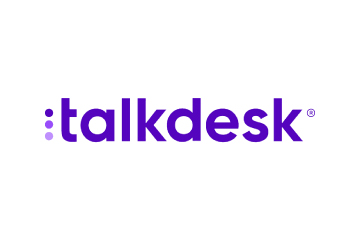

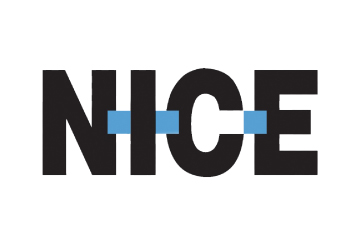


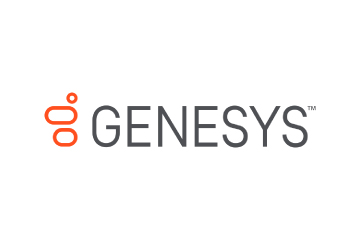



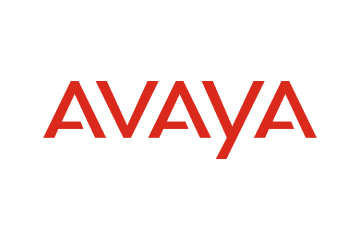
 Amplitude is a product analytics platform, enabling businesses to track visitors with the help of collaborative analytics. The platform leverages the capabilities of
Amplitude is a product analytics platform, enabling businesses to track visitors with the help of collaborative analytics. The platform leverages the capabilities of 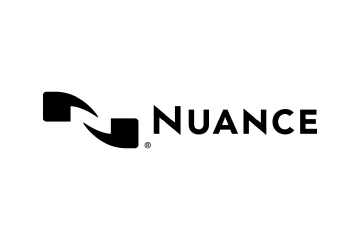

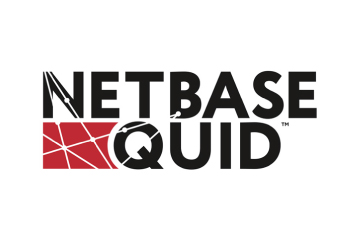

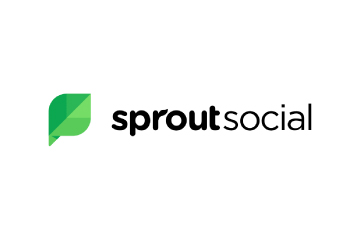
 Zoho Social, a part of Zoho’s suite of 50+ products, is a comprehensive social media management platform for businesses and agencies. The Zoho Social dashboard includes a robust set of features, such as Publishing Calendar, Bulk Scheduler, and Approval Management to offer businesses all the essential social media publishing tools. Its monitoring tools help enterprises track and respond to relevant social conversations.
Zoho Social, a part of Zoho’s suite of 50+ products, is a comprehensive social media management platform for businesses and agencies. The Zoho Social dashboard includes a robust set of features, such as Publishing Calendar, Bulk Scheduler, and Approval Management to offer businesses all the essential social media publishing tools. Its monitoring tools help enterprises track and respond to relevant social conversations.

 Microsoft Dynamics 365 represents a robust cloud-based CRM solution with features such as pipeline assessment, relationship analytics, and conversational intelligence. It utilises AI-powered insights to provide actionable intelligence via predictive analytics, lead scoring, sentiment analysis, etc. Currently, Microsoft operates in 190 countries and is made up of more than 220,000 employees worldwide.
Microsoft Dynamics 365 represents a robust cloud-based CRM solution with features such as pipeline assessment, relationship analytics, and conversational intelligence. It utilises AI-powered insights to provide actionable intelligence via predictive analytics, lead scoring, sentiment analysis, etc. Currently, Microsoft operates in 190 countries and is made up of more than 220,000 employees worldwide.
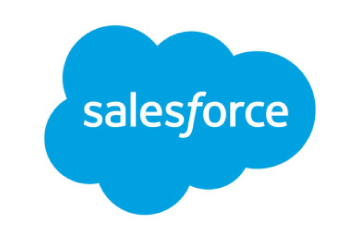
 HubSpot is an inbound marketing, sales, and customer service software provider, offering robust CRM and automation solutions. Some of its products include Marketing Hub, Sales Hub, Operations Hub, Content Hub, Commerce Hub, Marketing Analytics and Dashboard Software. Guided by its inbound methodology, HubSpot enables companies to prioritise innovation and customer success.
HubSpot is an inbound marketing, sales, and customer service software provider, offering robust CRM and automation solutions. Some of its products include Marketing Hub, Sales Hub, Operations Hub, Content Hub, Commerce Hub, Marketing Analytics and Dashboard Software. Guided by its inbound methodology, HubSpot enables companies to prioritise innovation and customer success.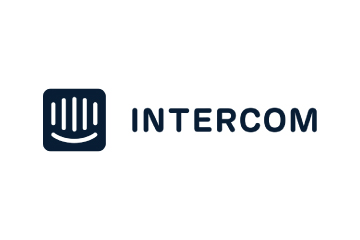
 Monday.com is a project management software company, offering a cloud-based platform that enables businesses
Monday.com is a project management software company, offering a cloud-based platform that enables businesses 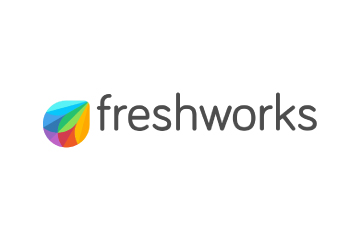 Headquartered in San Mateo, California, Freshworks is a global AI-powered business software provider. Its tech stack includes a scalable and comprehensive suite for IT, customer support, sales, and marketing teams, ensuring value for immediate business impact. Its product portfolio includes Customer Service Suite, Freshdesk, Freshchat, Freshcaller, Freshsuccess, and Freshservice. Freshservice for Business Teams has helped several global organisations to enhance their operational efficiency.
Headquartered in San Mateo, California, Freshworks is a global AI-powered business software provider. Its tech stack includes a scalable and comprehensive suite for IT, customer support, sales, and marketing teams, ensuring value for immediate business impact. Its product portfolio includes Customer Service Suite, Freshdesk, Freshchat, Freshcaller, Freshsuccess, and Freshservice. Freshservice for Business Teams has helped several global organisations to enhance their operational efficiency.
 Talkdesk offers an innovative AI-powered customer-centric tech stack to its global partners. The company provides generative AI integrations, delivering industry-specific solutions to its customers. Talkdesk CX Cloud and Industry Experience Clouds utilise modern machine learning and language models to enhance contact centre efficiency and client satisfaction.
Talkdesk offers an innovative AI-powered customer-centric tech stack to its global partners. The company provides generative AI integrations, delivering industry-specific solutions to its customers. Talkdesk CX Cloud and Industry Experience Clouds utilise modern machine learning and language models to enhance contact centre efficiency and client satisfaction.




 The company offers comprehensive cloud-based solutions, such as Microsoft Dynamics 365, Gaming Consoles, Microsoft Advertising, Copilot, among other things, to help organisations offer enhanced CX and ROI. Its generative-AI-powered speech and voice recognition solutions,such as Cortana and Azure Speech Services empowers developers to build intelligent applications.
The company offers comprehensive cloud-based solutions, such as Microsoft Dynamics 365, Gaming Consoles, Microsoft Advertising, Copilot, among other things, to help organisations offer enhanced CX and ROI. Its generative-AI-powered speech and voice recognition solutions,such as Cortana and Azure Speech Services empowers developers to build intelligent applications. IBM is a global hybrid cloud and AI-powered
IBM is a global hybrid cloud and AI-powered  Uniphore is an enterprise-class, AI-native company that was incubated in 2008. Its enterprise-class multimodal AI and data platform unifies all elements of voice, video, text and data by leveraging Generative AI, Knowledge AI, Emotion AI and workflow automation. Some of its products include U-Self Serve, U-Assist, U-Capture, and U-Analyze. Its Q for Sale is a conversational intelligence software that guides revenue teams with AI-powered insights, offering clarity on how to effectively keep prospects engaged.
Uniphore is an enterprise-class, AI-native company that was incubated in 2008. Its enterprise-class multimodal AI and data platform unifies all elements of voice, video, text and data by leveraging Generative AI, Knowledge AI, Emotion AI and workflow automation. Some of its products include U-Self Serve, U-Assist, U-Capture, and U-Analyze. Its Q for Sale is a conversational intelligence software that guides revenue teams with AI-powered insights, offering clarity on how to effectively keep prospects engaged. Google Cloud accelerates every organisation’s ability to digitally transform its business. Its enterprise-grade solutions leverage modern technology to solve the most criticial business problems
Google Cloud accelerates every organisation’s ability to digitally transform its business. Its enterprise-grade solutions leverage modern technology to solve the most criticial business problems  8×8 offers out-of-the-box contact centre solutions, assisting all-size businesses to efficiently meet customer needs and preferences. It offers custom CRM integrations support and integrates effortlessly with third-party CRMs like Salesforce, Microsoft Dynamics, Zendesk, and more. Offering global support in all time zones & development teams in 5 continents, its patented geo-routing solution ensures consistent voice quality.
8×8 offers out-of-the-box contact centre solutions, assisting all-size businesses to efficiently meet customer needs and preferences. It offers custom CRM integrations support and integrates effortlessly with third-party CRMs like Salesforce, Microsoft Dynamics, Zendesk, and more. Offering global support in all time zones & development teams in 5 continents, its patented geo-routing solution ensures consistent voice quality. Sprinklr is a comprehensive enterprise software company for all customer-focused functions. With advanced AI, Sprinklr’s unified customer experience management (Unified-CXM) platform lets organisations offer human experiences to every customer, every time, across any modern channel.
Sprinklr is a comprehensive enterprise software company for all customer-focused functions. With advanced AI, Sprinklr’s unified customer experience management (Unified-CXM) platform lets organisations offer human experiences to every customer, every time, across any modern channel.


 Upland offers a comprehensive suite of contact centre and customer service solutions with products including InGenius, Panviva, Rant & Rave, and RightAnswers. InGenius enables organisations to connect their existing phone system with CRM, further enhancing agent productivity. Panviva provides compliant and omnichannel capabilities for highly regulated industries. Whereas, Rant & Rave, and RightAnswers are its AI-powered solutions,
Upland offers a comprehensive suite of contact centre and customer service solutions with products including InGenius, Panviva, Rant & Rave, and RightAnswers. InGenius enables organisations to connect their existing phone system with CRM, further enhancing agent productivity. Panviva provides compliant and omnichannel capabilities for highly regulated industries. Whereas, Rant & Rave, and RightAnswers are its AI-powered solutions, 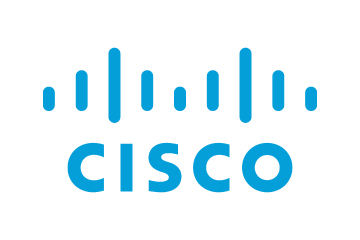

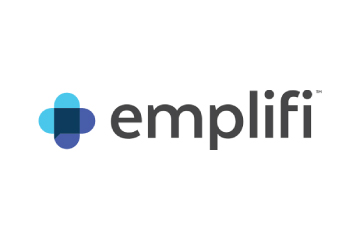
 Hootsuite, headquartered in Vancouver, is a social media management platform that streamlines the process of managing multiple social media accounts. Some of its core offerings include social media content planning and publishing, audience engagement tools, analytics and social advertising. Its easy-to-integrate capabilities help marketing teams to schedule and publish social media posts efficiently.
Hootsuite, headquartered in Vancouver, is a social media management platform that streamlines the process of managing multiple social media accounts. Some of its core offerings include social media content planning and publishing, audience engagement tools, analytics and social advertising. Its easy-to-integrate capabilities help marketing teams to schedule and publish social media posts efficiently.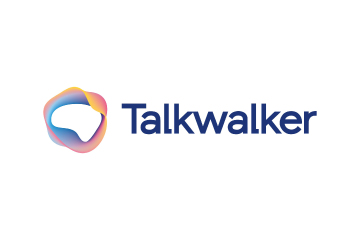
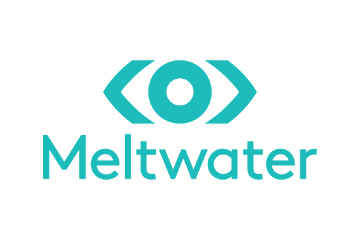
 Brandwatch enables businesses to build and scale the optimal strategy for their clients with intuitive, use-case-focused tools that are easy and quick to master. Bringing together consumer intelligence and social media management, the company helps its users react to the trends that matter, collaborate on data-driven content, shield the brand from threats and manage all the social media channels at scale.
Brandwatch enables businesses to build and scale the optimal strategy for their clients with intuitive, use-case-focused tools that are easy and quick to master. Bringing together consumer intelligence and social media management, the company helps its users react to the trends that matter, collaborate on data-driven content, shield the brand from threats and manage all the social media channels at scale.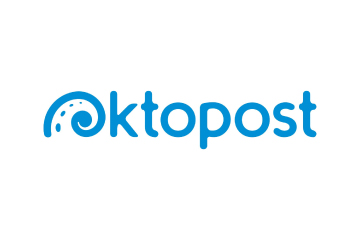

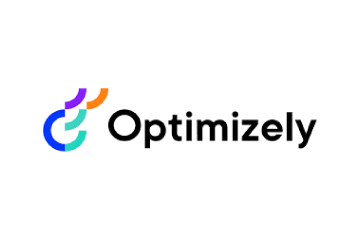
 Adobe Experience Cloud offers a comprehensive set of applications, capabilities, and services specifically designed to address day-to-day requirement for personalised customer experiences at scale. Its platform helps play an essential role in managing different digital content or assets to improve customer happiness. Its easy-to-optimise content gives users appropriate marketing streams, ensuring product awareness.
Adobe Experience Cloud offers a comprehensive set of applications, capabilities, and services specifically designed to address day-to-day requirement for personalised customer experiences at scale. Its platform helps play an essential role in managing different digital content or assets to improve customer happiness. Its easy-to-optimise content gives users appropriate marketing streams, ensuring product awareness.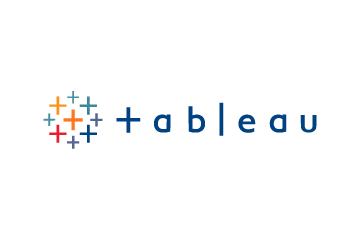 Salesforce-owned Tableau is an AI-powered analytics and business intelligence platform, offering the breadth and depth of capabilities that serve the requirements of global enterprises in a seamless, integrated experience. Marketers can utilise generative AI models, AI-powered predictions, natural language querying, and recommendationsons.
Salesforce-owned Tableau is an AI-powered analytics and business intelligence platform, offering the breadth and depth of capabilities that serve the requirements of global enterprises in a seamless, integrated experience. Marketers can utilise generative AI models, AI-powered predictions, natural language querying, and recommendationsons. Contentsquare is a cloud-based digital experience analytics platform, helping brands track billions of digital interactions, and turn those digital
Contentsquare is a cloud-based digital experience analytics platform, helping brands track billions of digital interactions, and turn those digital 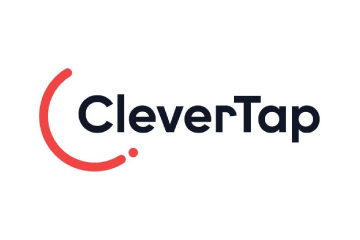


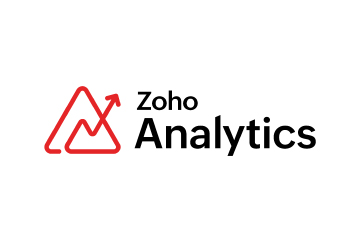 Zoho Corporation offers innovative and tailored software to help leaders grow their business. Zoho’s 55+ products aid sales and marketing, support and collaboration, finance, and recruitment requirements. Its customer analytics capabilities come with a conversational feature, Ask Zia. It enables users to ask questions and get insights in the form of reports and widgets in real-time.
Zoho Corporation offers innovative and tailored software to help leaders grow their business. Zoho’s 55+ products aid sales and marketing, support and collaboration, finance, and recruitment requirements. Its customer analytics capabilities come with a conversational feature, Ask Zia. It enables users to ask questions and get insights in the form of reports and widgets in real-time. Fullstory is a behavioural data platform, helping C-suite leaders make informed decisions by injecting digital behavioural data into its analytics stack. Its patented technology uncovers the power of quality behavioural data at scale, transforming every digital visit into actionable insights. Enterprises can increase funnel conversion and identify their highest-value customers effortlessly.
Fullstory is a behavioural data platform, helping C-suite leaders make informed decisions by injecting digital behavioural data into its analytics stack. Its patented technology uncovers the power of quality behavioural data at scale, transforming every digital visit into actionable insights. Enterprises can increase funnel conversion and identify their highest-value customers effortlessly.
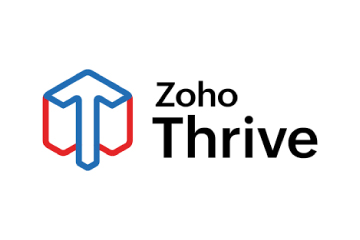
 Started in 2005 in a Sweden-based small town, Norrköping, Voyado offers a customer experience cloud platform that includes a customer loyalty management system. This platform helps businesses design and implement customer loyalty programs, track customer
Started in 2005 in a Sweden-based small town, Norrköping, Voyado offers a customer experience cloud platform that includes a customer loyalty management system. This platform helps businesses design and implement customer loyalty programs, track customer 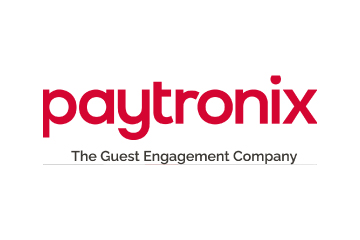



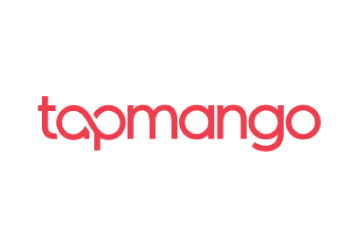 TapMango provides a comprehensive, customisable, flexible and feature-rich customer loyalty program. The loyalty tools include an integrated suite of customised consumer-facing technology, easy-to-use merchant tools, and automation algorithms, all aimed at enhancing customer experience. Adaptable to any industry, TapMango’s platform helps merchants compete with larger chains, converting customer one-time purchases into profitable spending habits.
TapMango provides a comprehensive, customisable, flexible and feature-rich customer loyalty program. The loyalty tools include an integrated suite of customised consumer-facing technology, easy-to-use merchant tools, and automation algorithms, all aimed at enhancing customer experience. Adaptable to any industry, TapMango’s platform helps merchants compete with larger chains, converting customer one-time purchases into profitable spending habits.
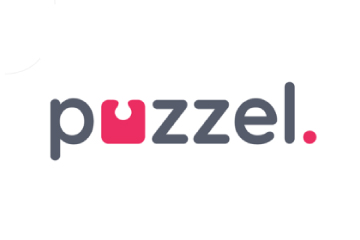
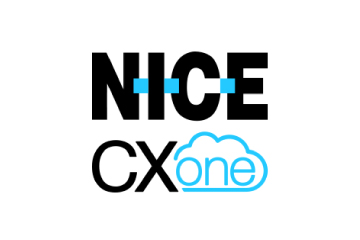
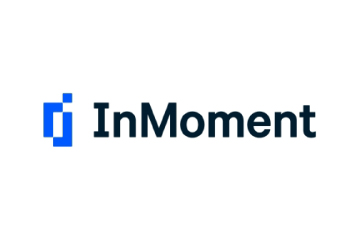

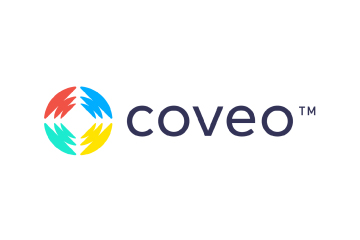
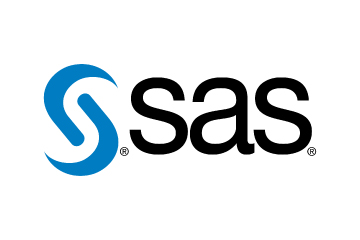
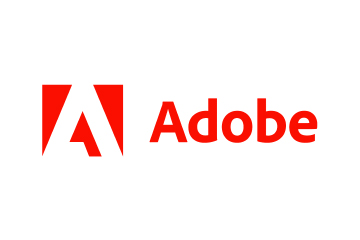 Adobe Experience Cloud offers a comprehensive set of applications, capabilities, and services specifically designed to address day-to-day requirements for personalised customer experiences at scale. Its innovative platform has played an essential role in managing different digital content or assets, to improve customer happiness or satisfaction. Some of its products include Adobe Gen Studio, Experience Manager Sites, Real-time CDP, and Marketo Engage.
Adobe Experience Cloud offers a comprehensive set of applications, capabilities, and services specifically designed to address day-to-day requirements for personalised customer experiences at scale. Its innovative platform has played an essential role in managing different digital content or assets, to improve customer happiness or satisfaction. Some of its products include Adobe Gen Studio, Experience Manager Sites, Real-time CDP, and Marketo Engage.

